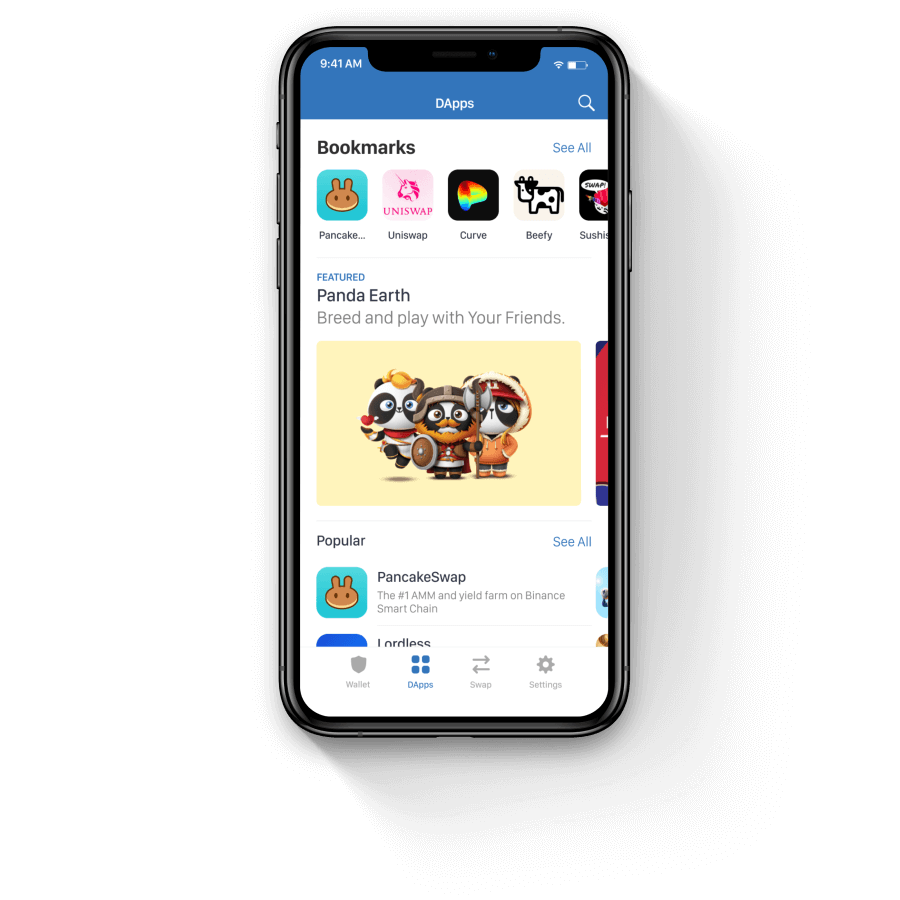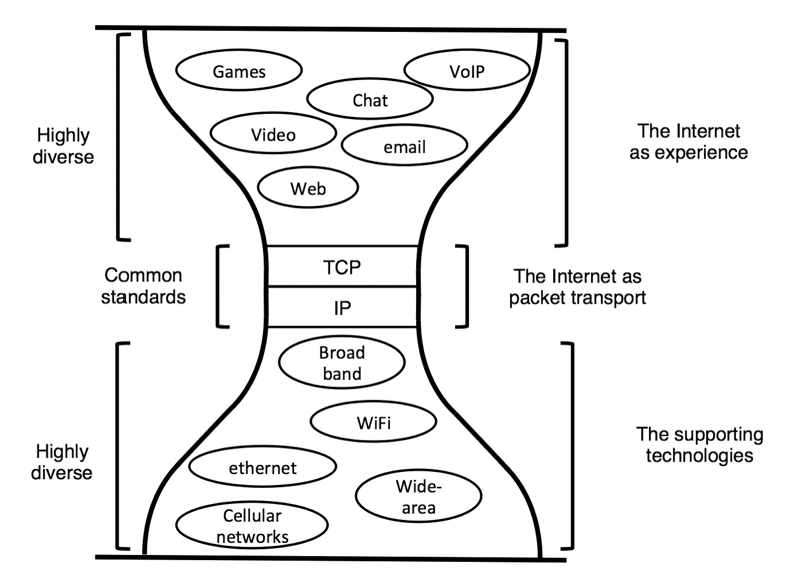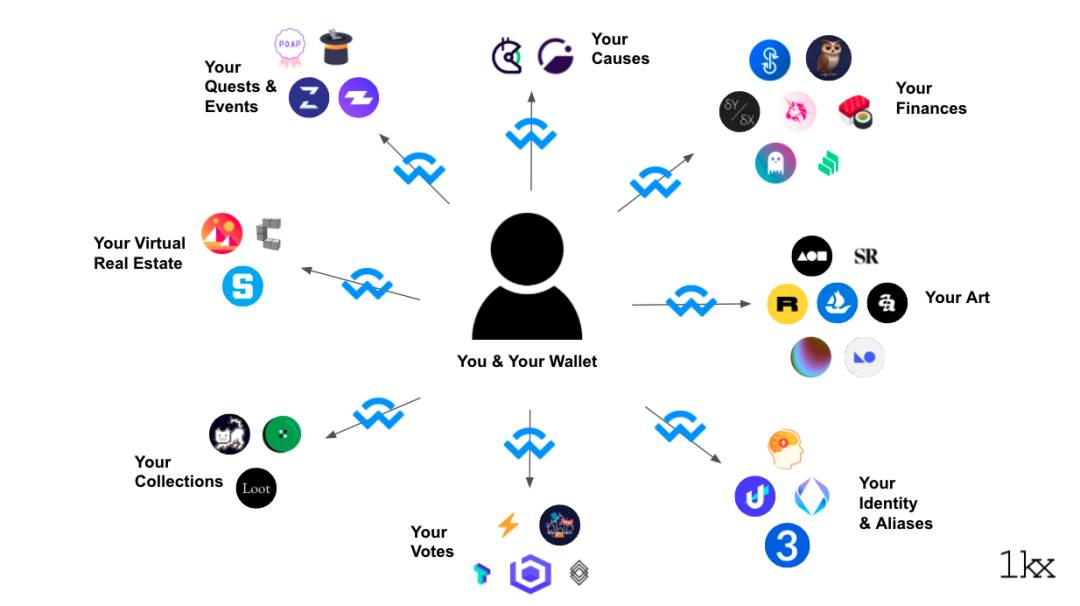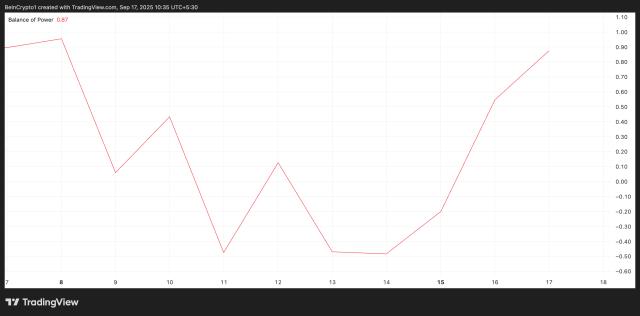Original author: Nichanan Kesonpat, co-founder of 1kx Compiler: Gu Yu, chain catcher
In 2021, the crypto user group will expand from technical experts and liquidity farmers to creators, collectors and gamers. With the continuous expansion of the number of users, a large number of new native web3 products and services have emerged. Today, there are more than 1,000 protocols (of which more than 400 protocols have a TVL value exceeding $10 million), more than 100 public chains, and more than 200 encrypted wallet applications. Clearly, the market is becoming more diverse and competitive for end-user applications (dapps) as well as wallets.
We can observe that on different platforms, dapps and wallets are very isolated from each other, the Metamask desktop browser wallet is one of the earliest ways for users to interact with dapps, while mobile wallet users must pass through the "dapp browsers," which offer a sub-par experience compared to the regular browser apps they're used to, such as Chrome and Safari. On iOS Wallet, this feature eventually had to be removed to comply with App Store review guidelines.

There is a huge horizontal gap between the ecosystems, it is difficult for Dapp developers to reach mobile users, and there is friction every time users want to connect to a dapp or sign a transaction using a mobile wallet.
WalletConnect came into being
WalletConnect is a universal protocol that facilitates secure connections between any wallet and any dapp. Under the hood, the protocol facilitates end-to-end encrypted communication between two clients — akin to "wallet signaling."
Using their wallet, users can scan a QR code on a browser, or connect via deep link on a mobile device. WalletConnect generates a key pair and creates a session between the wallet and the dapp.
With WalletConnect, users can interact with any dapp using their favorite wallet. And developers can focus on building the best product (whether it's a dapp or a wallet) without worrying about how users communicate with each other.
We believe WalletConnect will be an increasingly important piece of infrastructure driving web3 consumer adoption for the following reasons:
**Enabling Native Mobile UX.** In 2020, mobile devices drove over 65% of all web traffic globally. The rise of social payment and transaction apps like Robinhood and Venmo is proof that users are comfortable managing their finances on their phones. For crypto assets to reach the next wave of users, wallets and dapps also need to provide a seamless experience on mobile devices. This time, users have real control over their funds and access through their own custodial wallets, which can be plugged into any dapp permissionlessly.
Security . Most dapps today are native web apps, but desktop browsers are one of the least secure places to store private keys. WalletConnect, on the other hand, is a private key stored on a smartphone, where apps are more sandboxed and less connected to each other.
No permission required. WalletConnect was built for the community from day one, with valuable early contributions from teams like Gnosis Safe and Rainbow. Based on this community-first spirit, the protocol represents a consensus among different stakeholders in the ecosystem, rather than the interests of a single company. This makes WalletConnect the common denominator for the widest range of use cases.
Trusted and Neutral . WalletConnect is a minimalist protocol and is neutral, promoting an open ecosystem.
"Narrow waist" agreement between wallet and Dapp
We believe that WalletConnect provides for wallets and DAPPs what TCP/IP provides for network technologies and web applications.
Before the Internet, computer networking technology was tailored to meet the needs of specific applications. ARPANET (cable-based) connected universities and government agencies, SATNET (satellite-based) enabled transatlantic communications, and PRNET (radio-based) enabled communications between mobile environments.
Although these networking technologies all provide bandwidth, combining them is very difficult because each network has different interfaces, packet sizes, conventions, and transfer rates. This means that an application built for one web technology cannot be used on another web technology.
If we think of this ecosystem as a two-way market of supply (bandwidth) and demand (from applications), the original Internet faced a cold start problem. New web technologies must be designed for different use cases, leaving users to start from scratch. Applications must choose which networks they want to be compatible with, making trade-offs based on network participants and capabilities. Imagine a social network or email service provider has to build different solutions for Wifi, LAN and 5G. The ecosystem is fragmented, as is the service provider's target market and the available bandwidth for new applications.
The emergence of TCP/IP unifies this ecosystem, and its minimalist, unbiased nature makes the protocol universal in the applications built on top of it and the technologies that support it. This gave rise to the famous hourglass model, where TCP/IP acts as the "waist" in the middle.

By aggregating computer networking technologies and unifying them through shared standards, TCP/IP
Opens up an addressable market for bandwidth providers for any application that may require network connectivity. New entrants can enter the market and enter the existing application ecosystem from day one.
Ensuring that any application that needs to send bits from A to B has access to the bandwidth, which can be provided by any computer network technology.
This unlocks the flywheel of the Internet, where applications come in and utilize bandwidth, driving the need for technology providers to increase available bandwidth. No matter how different the applications or underlying technologies are, they can all leverage the network effects of the internet to form the web as we know it today.
Likewise, by acting as a minimalistic, no-opinion protocol that tells any wallet and any dapp how to communicate with each other, WalletConnect facilitates innovation on both sides by decoupling the dapp ecosystem from the wallet ecosystem, allowing both markets to grow independently.
Wallet developers can enter the market knowing that no matter how differentiated their product is, their users will still be instantly connected to the existing dapp ecosystem.
Dapp developers have access to a wider user base, not just users of wallets using browser extensions, but users of any wallet on any platform.
Users can choose the wallet that works best for them to access the dapp, similar to how users access email using Wifi, 5G, or LAN.

traction
WalletConnect has gained steady traction, as we can see from the growth in weekly npm installs.
Over the past year, WalletConnect has seen a 900% increase in weekly npm installs from 13,000 to over 140,000.

This has translated into an explosion in the number of wallets and dapps compatible with WalletConnect. In 2018, when WalletConnect was first established, there were only 2 wallets and dapps connected to it. Today, more than 200 dapps and more than 100 wallets have been connected to WalletConnect. On Android devices alone, the current five most popular crypto wallets (Trust, Metamask, Crypto.com, imToken, and bitpay) have integrated WalletConnect, and the cumulative installations have exceeded 20 million.

The larger the ecosystem of WalletConnect-compatible dapps and wallets, the more attractive it will be for new entrants to integrate the protocol. Dapps can reach potential users on any wallet from day one, and wallets don’t need to do extra work to be compatible with each new dapp.
About WalletConnect v2.0
1. Multi-chain support
WalletConnect 2.0 adds support for Cosmos, Polkadot, Celo, Solana and Near public chain ecology. Dapp can request connections on multiple chains, for example, Uniswap can tell the wallet that it is running on Optimism and Arbitrum, request permission for both chains, and send transactions to different chains at the same time, which no longer requires users to manually switch blockchains .
2. Push notification
Once a connection is established with the user's wallet, the Dapp can use WalletConnect to notify the user of the incoming payload. Users can choose to receive granular push notifications from different dapps and manage notification permissions directly from their wallet.
Push notifications would be a killer use case, especially for time-sensitive events like when a user is about to be liquidated, when they receive a bid on an NFT, or when a DAO proposal is submitted for voting.
3. Decentralized messaging backend
WalletConnect v2 uses Waku (a decentralized message relay network) as its primary messaging method. This enables multiple relay servers to be instantiated, with dapp wallets connecting to different servers and syncing messages via Waku.
Switching to a decentralized backend will not only improve uptime and latency, but will enable encrypted wallet-to-wallet messaging, giving users full control over who can message them directly through their wallet. This enables encrypted native instant messaging, for example:
Opt in to receive official project updates for your tokens;
Initiate OTC transactions with the owner of the NFT you want, such as ENS domain name, artwork, virtual land, etc.;
Negotiate NFT-backed loan terms with lenders on P2P protocols like NFTfi;
4. WalletConnect Cloud
This is a low latency solution using a proxy server hosted by WalletConnect on the Waku network. The service will enable developers to build messaging capabilities and monitor usage of their apps to better understand how users interact with apps.
WalletConnect Cloud is the predecessor of WalletConnect Network, which is a completely decentralized solution where anyone can join as a relayer and compete at the service supply level.
Shared ownership of the protocol, in turn, helps level the playing field so that other services are not at the mercy of one large platform.
Your wallet is more than your bank account
First-generation DeFi Lego (currency protocols like DEX, lending, insurance), organizational Lego (DAO frameworks and governance tools), and media Lego (NFT protocol) lay the groundwork for unlocking the next layer of crypto use cases thanks to public blockchains Composable nature of smart contracts.
As web3-native social, professional, and entertainment products mature, wallets are no longer just a self-custodial bank account and portfolio tracker. As the access point for any interaction with the blockchain, the wallet will ultimately become a proxy for personal identity, a record of the communities they belong to (DAO membership), what they believe in (governance activity), what they like (NFT collections) and where they go. Where to Go (POAP Gallery) central hub.

WalletConnect is betting on a healthy, competitive market for wallet products. On this platform, users have the freedom to choose how and where they manage their finances, social networks, gaming XP, and more.
Through a neutral design, WalletConnect ensures that any new dapp can connect with users on any wallet, and any new wallet can be plugged into a dapp without any inconsistent user experience.
The team behind WalletConnect
WalletConnect was created by a team led by Pedro Gomes, who built a prototype of WalletConnect in 2018 and iterated the product for the next 3 years, during which he also participated in various Ethereum conferences to demonstrate his protocol and received feedback from the community. Get feedback in . WalletConnect’s early contributions came from the well-known wallet and dapp teams of Zerion, Rainbow, Trust wallet, and Gnosis. They are still staunch supporters of the protocol. As of now, WalletConnect’s team members are only 12 people.
If you're a developer, you can check out their documentation to learn how to integrate WalletConnect into your wallet or dapp, instantly plugging your product into the growing web3 ecosystem.







